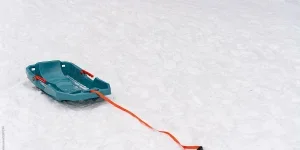As the winter season approaches, the excitement for snow sports escalates, with sledging standing out as a favorite among enthusiasts of all ages. The simplicity of sledging, coupled with the joy it brings, makes it a unique winter activity. However, choosing the right sled and understanding its maintenance, safety features, and the latest innovations can enhance your experience. This article aims to provide a comprehensive guide on sleds, addressing the key aspects that users care about the most.
Table of Contents:
– Types of sleds and their uses
– Safety features to consider
– Maintenance and storage tips
– Innovations in sled design
– Choosing the right sled for you
Types of sleds and their uses
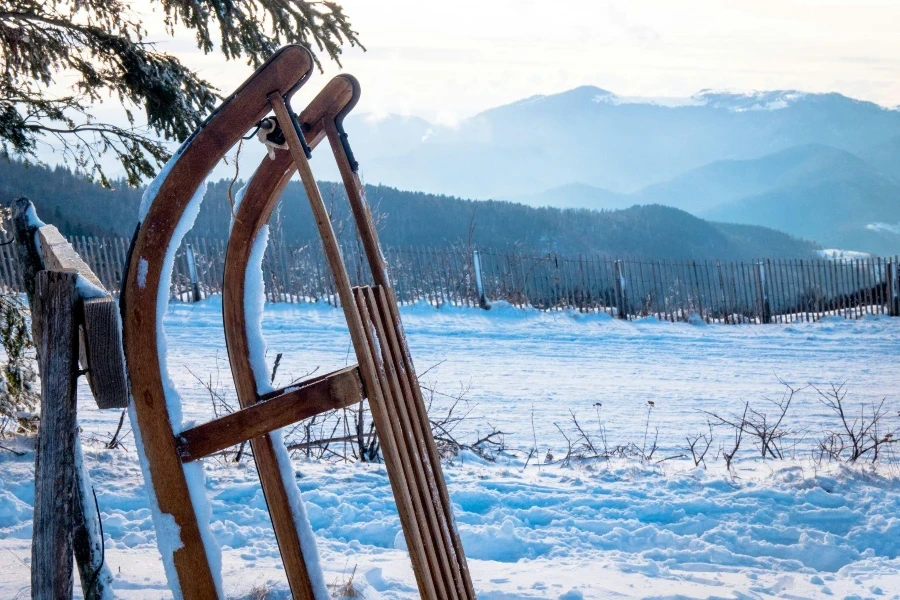
Sleds come in various shapes and sizes, each designed for specific purposes. Traditional wooden sleds, with their classic design, offer a nostalgic ride down snowy hills. These are ideal for leisurely rides in mild to moderate slopes. On the other hand, racing sleds are built for speed, featuring aerodynamic designs and lightweight materials that allow users to glide swiftly down icy tracks. For those looking for a more rugged experience, utility sleds are designed to transport goods and equipment across snowy terrains, making them a practical choice for outdoor expeditions.
Safety features to consider

Safety is paramount when it comes to sledging. A good sled should have a reliable braking system to allow users to control their speed and stop when necessary. Many modern sleds come equipped with hand brakes or foot-operated systems that provide immediate stopping power. Additionally, the material of the sled plays a crucial role in its overall safety. Durable materials such as reinforced plastic or metal can withstand impacts and reduce the risk of breaking mid-ride. Reflective stickers or colors are also essential for visibility, especially for those who enjoy sledging in the late hours of the day.
Maintenance and storage tips
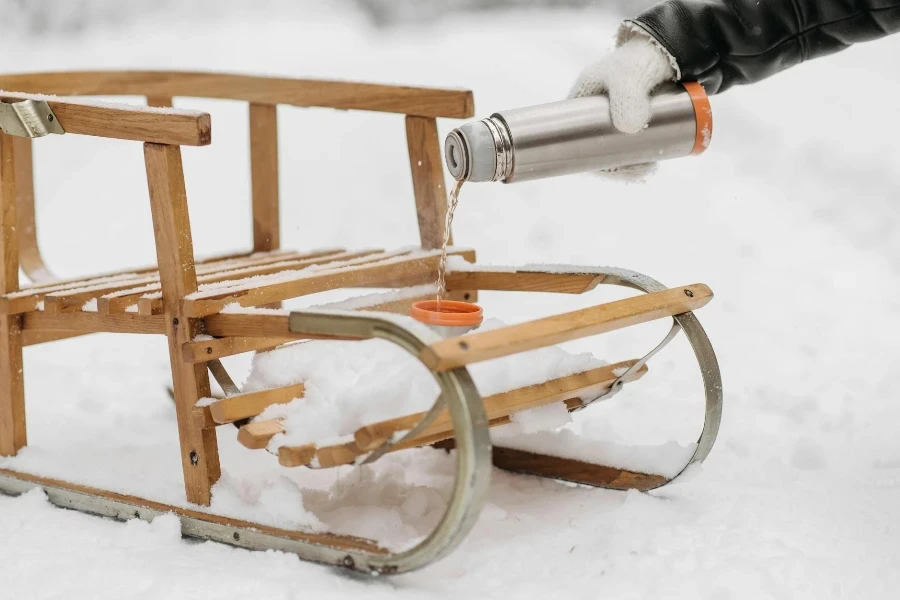
Maintaining your sled ensures its longevity and performance. After each use, it’s important to wipe down the sled to remove any snow, ice, or debris that could cause damage over time. Storing your sled in a cool, dry place away from direct sunlight helps prevent warping and fading. For sleds with metal parts, applying a thin layer of lubricant can prevent rust and keep the sled in optimal condition. Regular checks for cracks, loose parts, or any damage are crucial to ensure the safety and durability of your sled.
Innovations in sled design
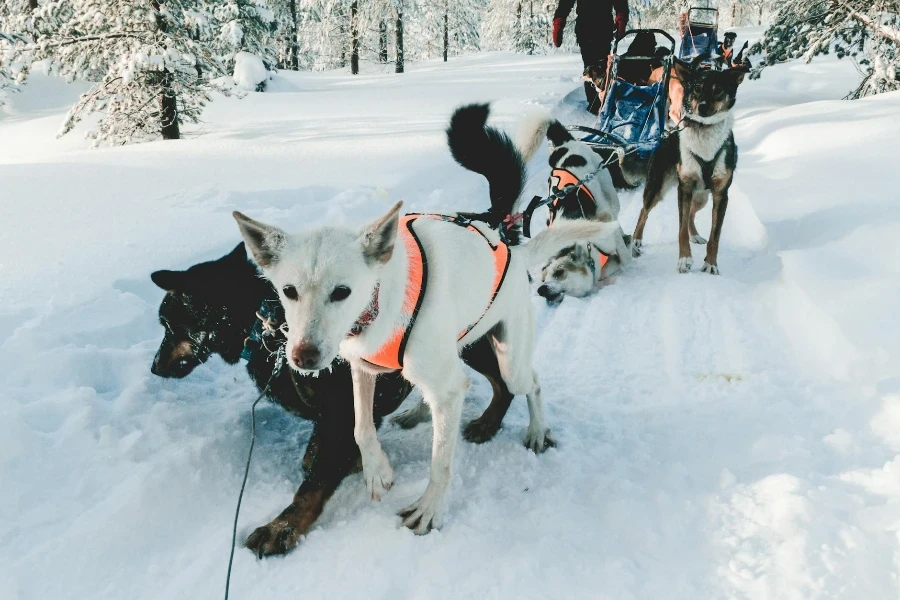
The world of sledging is not immune to innovation. Recent advancements have led to the development of sleds that offer enhanced performance and comfort. For instance, some sleds now feature adjustable seating, allowing users to find the perfect riding position. Others come with shock-absorbing systems that reduce the impact on rough terrains, making the ride smoother and more enjoyable. The integration of lightweight, high-strength materials has also improved the speed and agility of sleds, catering to the needs of racing enthusiasts seeking the thrill of high-speed sledging.
Choosing the right sled for you
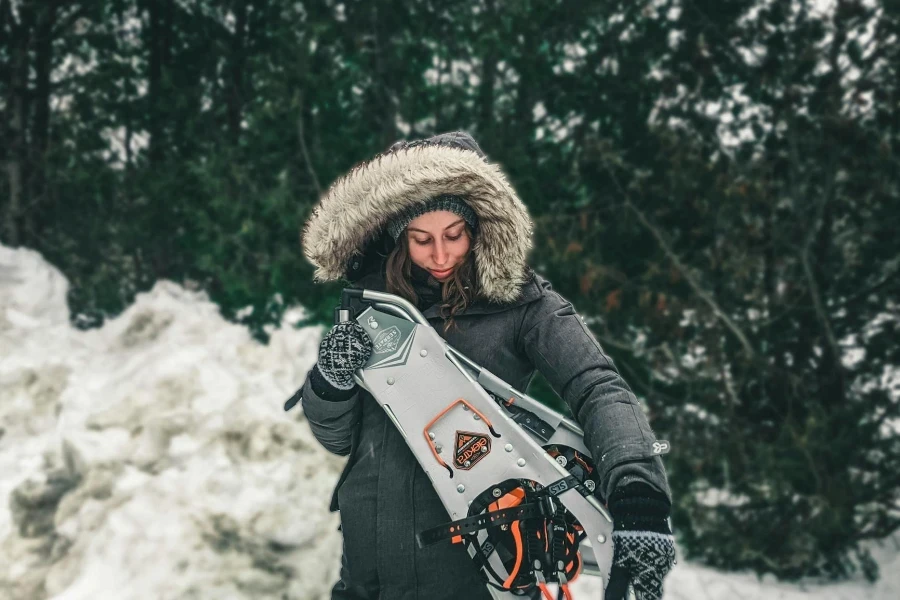
Selecting the perfect sled involves considering your sledging preferences, the terrain, and who will be using the sled. For families, a sled that can accommodate multiple riders and offers stability is ideal. Those looking to experience the thrill of speed might opt for a racing sled designed for performance. It’s also important to consider the sled’s weight limit and ensure it aligns with the user’s requirements. Ultimately, the right sled is one that meets your needs, offers comfort and safety, and provides a memorable sledging experience.
Conclusion:
Sledging is a winter activity that combines fun, thrill, and the beauty of snow-covered landscapes. Understanding the different types of sleds, their safety features, maintenance, and the latest innovations can significantly enhance your sledging experience. By considering these aspects and choosing the right sled, you can ensure countless hours of joy and adventure on the snowy slopes.
